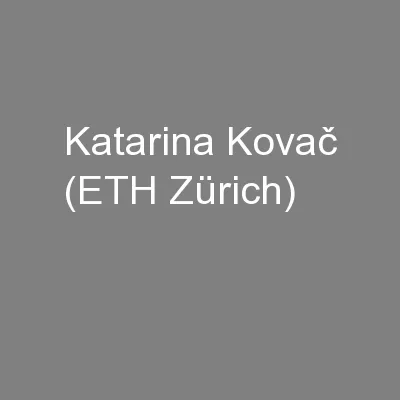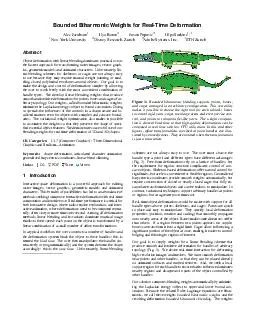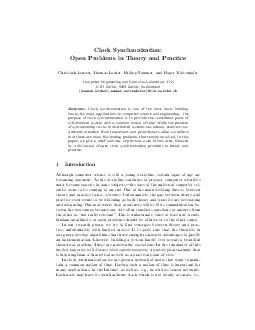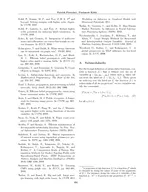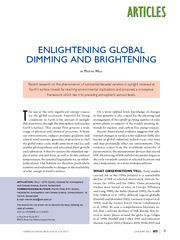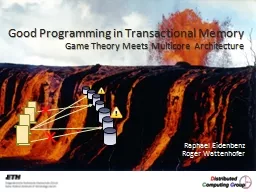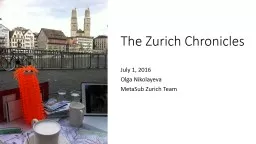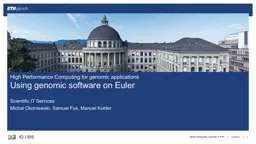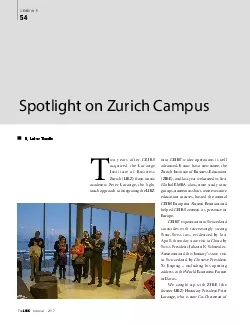PPT-Katarina Kovač (ETH Zürich)
Author : olivia-moreira | Published Date : 2016-03-24
Environmental quenching disentangled centrals satellites and galactic conformity Katarina Kova č ETH Zürich Collaborators Simon Lilly Christian Knobel
Presentation Embed Code
Download Presentation
Download Presentation The PPT/PDF document "Katarina Kovač (ETH Zürich)" is the property of its rightful owner. Permission is granted to download and print the materials on this website for personal, non-commercial use only, and to display it on your personal computer provided you do not modify the materials and that you retain all copyright notices contained in the materials. By downloading content from our website, you accept the terms of this agreement.
Katarina Kovač (ETH Zürich): Transcript
Download Rules Of Document
"Katarina Kovač (ETH Zürich)"The content belongs to its owner. You may download and print it for personal use, without modification, and keep all copyright notices. By downloading, you agree to these terms.
Related Documents

